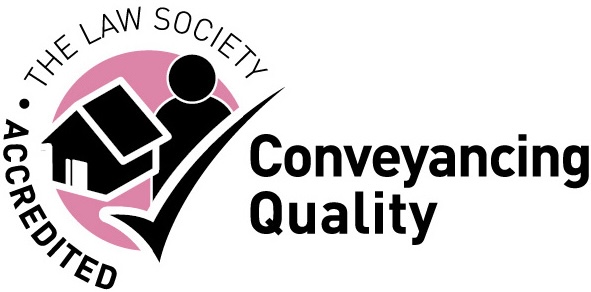Many properties have asbestos present, in places such as walls, insulation, piping and garage roofs. It is no longer legal to use asbestos when constructing property and it cannot generally be removed by anyone without a licence.
If you have asbestos at your property or you wish to buy a property where asbestos is present, you need to be aware of the law and your options in dealing with it.
What is asbestos?
Asbestos is a fibrous mineral that is resistant to fire, heat, electrical current and other damage. It is cheap, absorbs sound and is a good insulator, meaning it has been used widely in homes in the past.
It can be found in corrugated roofing, in Artex walls or similar, in lagging for pipes, loose insulation, floor and ceiling tiles and in cement sheeting.
Properties constructed before 2000 could contain asbestos, with Artex still using white asbestos until the mid-1980s.
Buying a property with asbestos
If you have found a property you want to buy, but your survey has revealed the presence of asbestos or ACMs (asbestos containing materials), you are advised to have a report prepared by a specialist asbestos contractor.
They will be able to provide more details about the extent of the asbestos and a quote for its removal. You can then use this to negotiate a reduction in the purchase price with the seller.
Living with asbestos
If you have asbestos at your property, it can be fine to live with it, provided it is not broken or shedding any fibres. It can be sealed in place in some cases, for example, by laying a new floor over the top of asbestos floor tiles. A specialist will be able to advise you of the best course of action.
If you are aware that there is asbestos at your property, you must reveal this on your property information form when you come to sell. Removal is expensive, so your buyer may ask for a reduction in price to take this into account.
Removal of asbestos
The type of asbestos containing materials likely to be found in a residential property is of higher risk to health than some other types and can only be removed by licenced contractors.
They will wear full protective clothing and respirators and wrap surfaces in thick polythene to protect them. The asbestos will be broken as little as possible to try not to release the fibres. It will be wrapped and sealed in thick polythene and labelled as being hazardous.
If a skip is used, it will be a special sealable one so that no fibres can escape into the air. The waste will be disposed of by the contractor at a special disposal facility.
The contractors will then clean the property to try to remove all traces of the asbestos.
Contact us
If you would like to speak to one of our expert property lawyers, ring us on 0333 305 5189 or email us at info@lpropertylawyers.co.uk
